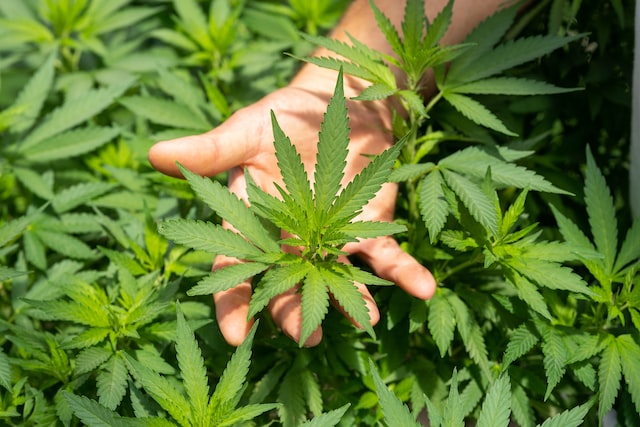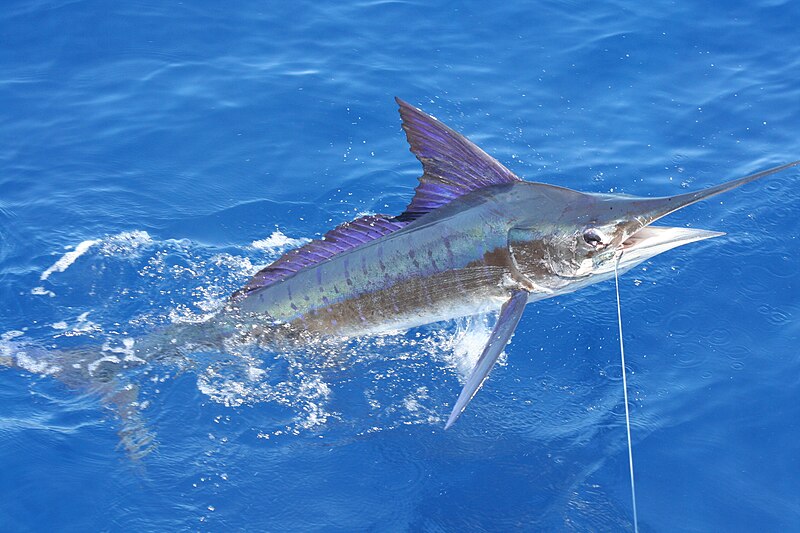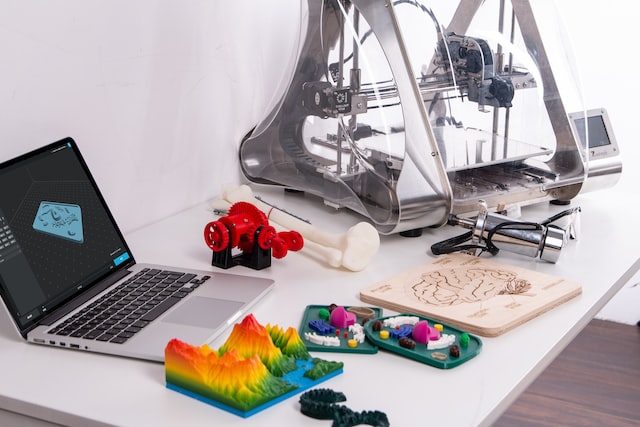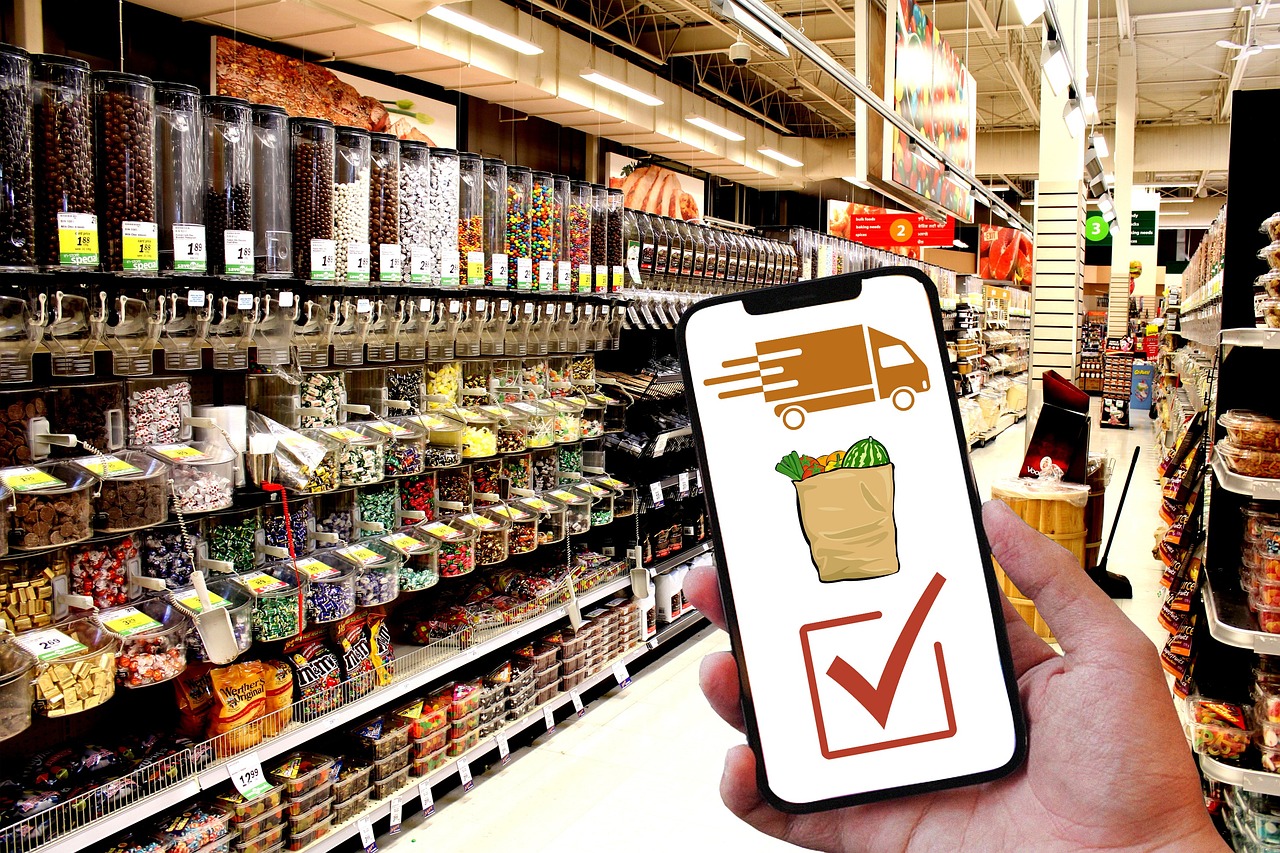In Farm Bill 2018, hemp was recognized as a legal plant and allowed to be grown as an agricultural crop. The composition of THC or tetrahydrocannabinol is less than 0.3% on a dry weight basis for a Cannabis Sativa variant to be recognized as hemp.
Concentrations above the threshold limit should be categorically removed and disposed of safely as per the instructions set by USDA. This is crucial as both hemp and cannabis are derived from the same plant. It is only the intoxicating element THC concentration that acts as a differentiator between hemp and cannabis plants.
Industrial Uses for Hemp Products
Hemp is considered a versatile crop as every part of the plant finds its uses in industrial applications. Stalks, leaves, seeds, flowers, and roots, every bit of the plant is processed and used to manufacture substances that find utility value in daily requirements.
Hemp is used to manufacture durable textiles, papers, and low-CBD compounds for a relaxing effect like anti-inflammatory oil for arthritis, and even calming oil for furry pets.
The hemp industry is increasingly growing, and rightly so, the plant can be grown in most countries, easily under controlled conditions. With the active marketing of hemp-based products, the industry is poised to grow at a competitive rate into a billion-dollar capacity shortly.
With accelerated growth, the companies involved in growing and processing the plants have to go through various stages, so that compliance for potency and other critical elements is observed.
Here are a few stages of hemp processing that can explain the cycle before the end product is made:
Growing Hemp
Hemp can grow in most soil types and yields best in soils where corn can grow. The crop prefers moderate rainfall and a humid climate. A sturdy crop that is used as a rotational crop as it gives back nutrients to the soil, hemp plants are easy to grow and require very little use of pesticides and other maintenance.
It is an annual crop that is grown once a year and harvested when the seed pods open.
After harvesting, the crop is left on the fields, to dry out in natural conditions for a few weeks depending on the climate. This process is known as retting. The crop is tossed periodically to expose all the layers to the sun’s rays, where the moisture is evaporated to leave a dry weight of the product.
Testing
Testing the product at different stages of processing is required to maintain the concentration threshold limit of THC compounds in a hemp-based product. The samples are tested for potency, terpenes, microbial contamination, heavy metals, and residual pesticides. Potency testing will determine the concentration level of cannabinoid elements in the sample. Terpenes testing is required to assess the different smells that can be attributed to a hemp plant. The fruity or citrus smell is because of the type of terpenes found in a strain.
It is desirable to get the compliance testing of the samples conducted through a reliable lab that has experience in testing hemp products.
If there is a minor deviation in THC levels, and it is above the prescribed limit, then the substance has to be disposed of legally as per the statutes and recommendations of the regulator.
Grain Processing
The seeds are cleaned, dried, and stored before processing the grains. The de-husking process through designated machinery ensures that large bales of hemp are processed for grain in a few minutes.
The grains of hemp are used in making oil that is used in CBD therapeutic oils for manufacturing pain-alleviating medicines. The oil is extracted through a cold-pressed processing method to retain the essential oils and nutrients that can be part of dietary requirements.
Hemp seed oil is finding its way back to kitchens as salad dressing oil owing to its omega-fatty acids and other essential nutrients. The oil is used as a relaxative to calm pets who are anxious because of fireworks or storms.
Stalk Processing
The stalks of hemp plants are sturdy and can be used to make industrial ropes, soft breathable natural fabric, and fiber for industrial applications. It has been used as an alternative to making paper, thus helping mankind find a sustainable solution to use sturdy paper products as packaging material in place of polymers and single-use plastics that are causing climate havoc.
The stalk is processed by separating the bast fiber from the woody stems, and the fiber is churned in big machines. This process is known as decortication.
The fiber is then beaten down to make it smooth before processing in a spinning machine to produce yarn for hemp-based textiles. Hemp fiber finds many applications in making bedding, upholstery, particleboard, and insulation, and is even used as a replacement for sturdy fiberglass in cars.
Useful By-Products
As iterated, every part of the hemp plant is useful and has commercial importance. The by-products left after processing the stalks for textiles and paper are used for other useful applications.
When the bales of fiber are removed a lot of hemp dust is produced and processed into pellets that are used as dry fuel for fireplaces. Small woody chips that fall after processing the fiber are used as bio-fertilizer to improve soil nutrient value naturally.
Conclusion
Hemp is one of the first plants to be grown domestically by the ancient Mesopotamian civilizations. Hemp and cannabis were banned in the US. However, with changes to the Farm Bill, hemp is legalized. It started gaining traction as a crop of the future after legal acceptance.
Since even the intoxicating variety of marijuana is sourced from the same plant Cannabis Sativa, hemp products will find some time to be more easily available. But with evolving trade practices and conducive market acceptance, effective marketing will promote hemp products for widespread use. As hemp products are strong and plant-based, the ecological aspect of using it as an alternative wherever plastics are being used will help in contributing positively towards climate change which is a pressing problem of the planet currently.







